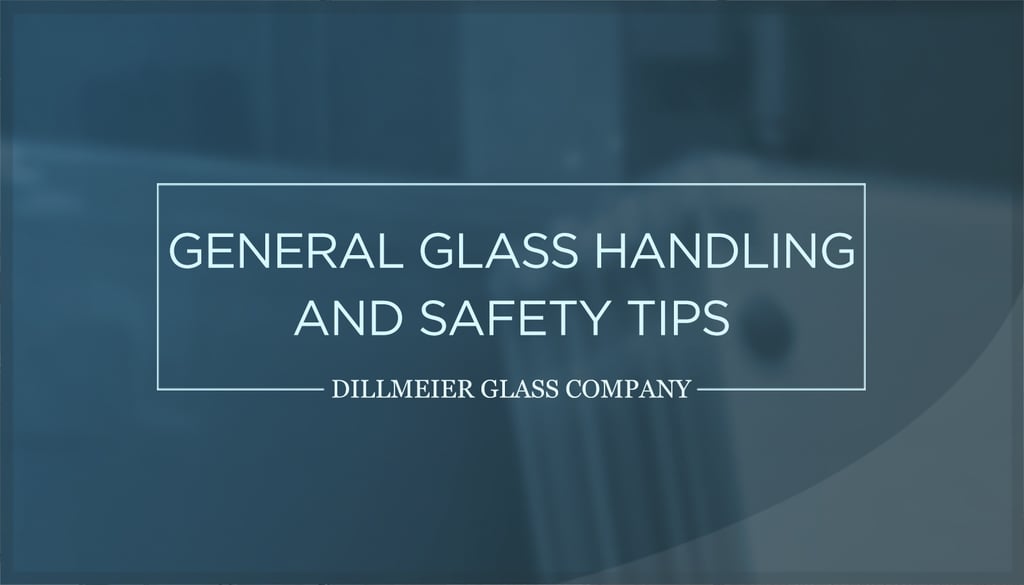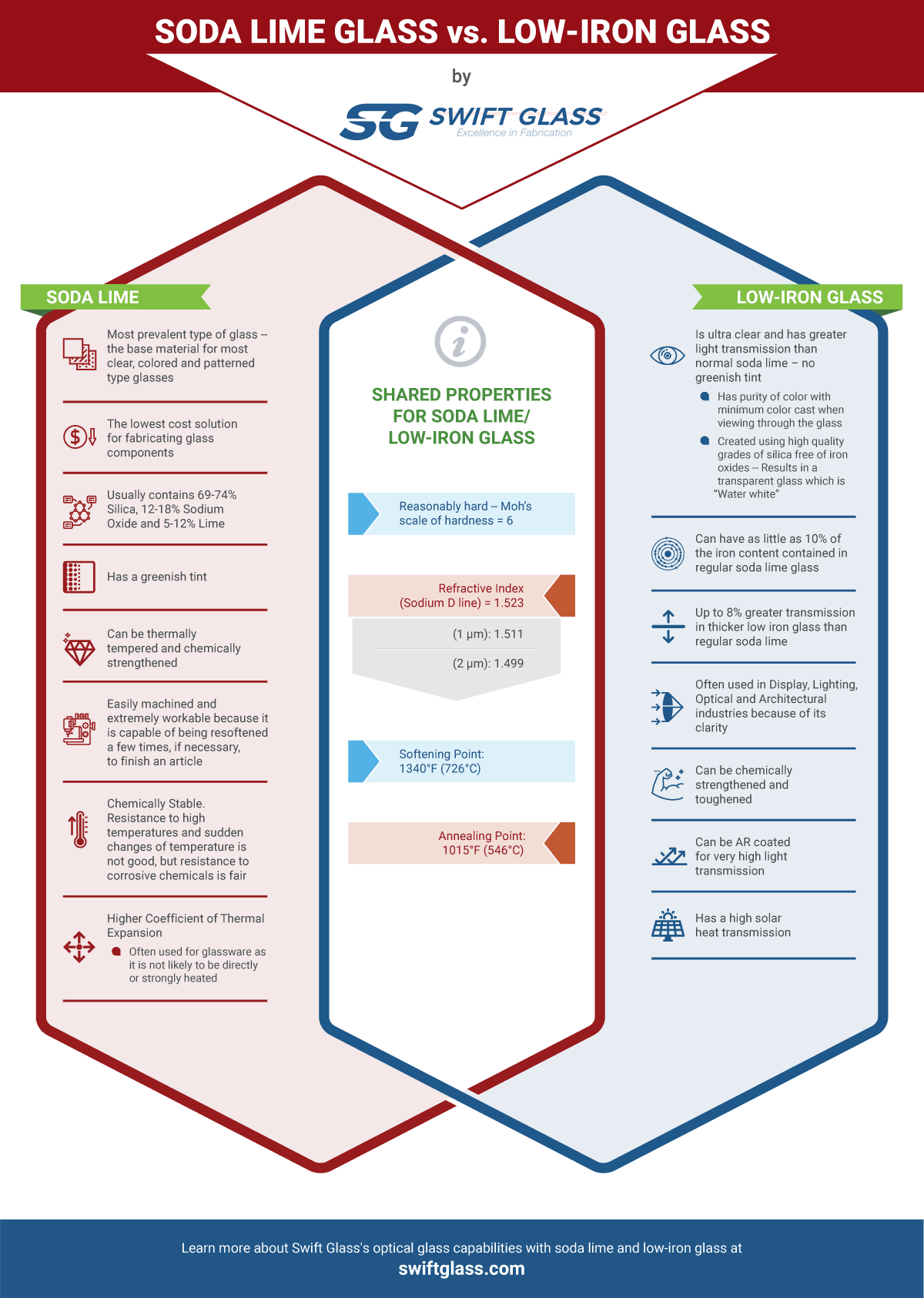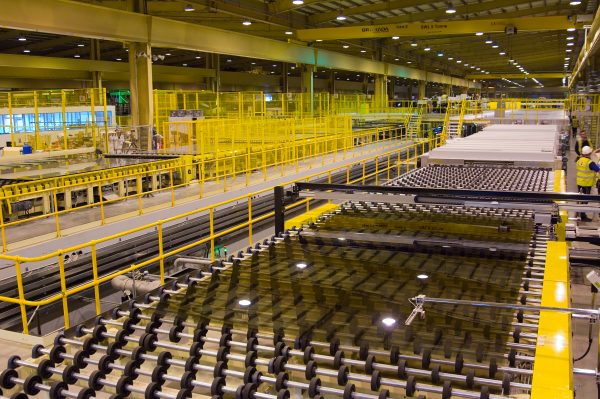Safety glass is a type of glass made in such a way that it is less likely to cause injury if it breaks.
Difference between safety sheet glass and safety plate glass.
It is usually 3 16 thick.
Laminated glass is safety glass because if broken the glass stays bonded to the plastic sheet that is between two separate lites of glass.
Because lexan is so strong it can also be manufactured into thinner sheets that don t weigh as much as safety glass.
Plate glass is generally used for large picture windows.
Large sheets of glass for storefronts and shop windows were made this way and the same technology was used to make mirrors.
Safety glass can also be laminated engraved and made of wire mesh.
Difference between plate tempered glass.
Most shower enclosures use tempered glass but more often than in the past laminated glass is being used in some shower enclosures because it doesn t shatter into the tiny pieces.
Tempered safety glass has an impact strength that s five times higher than normal annealed glass of the same thickness while lexan has an impact strength that s 250 times that of annealed glass.
Laminated glass is made by using a plastic film or resin to adhered two pieces of glass together.
The main difference between these two types of glass is how they are made.
Other thicknesses are available.
Sheet glass is the most common glass.
Tempered glass is one of the most well known forms of safety glass but it s not the only one.
Safety glass is not as strong.
Although the plate glass process was replaced by the float glass method in the 1960s people still tend to refer to a large flat pane of unstained glass.
It is usually about 3 32 for single strength glass.
Safety glass is also known as laminated glass and this is because of the process used to make it.









